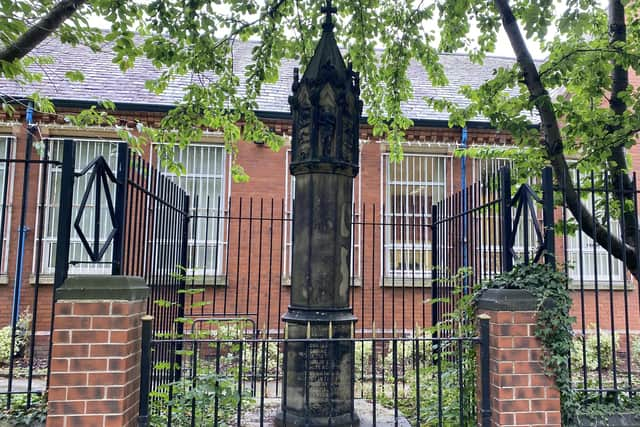The history of the Richard II Duke of York, his claim to the throne and the War of the Roses
In 1460, with Henry VI in poor mental health, Richard forced the House of Lords to disinherit Henry’s son and make Richard heir by virtue of the female line of descent on his mother’s side. Lancastrians who opposed this raised armies in Wales and Yorkshire and in December 1460 converged on Sandal Castle, Wakefield, where Richard was spending Christmas.
On December 30 Richard and his troops left the castle to confront the Lancastrian army but with disastrous consequences. Around 2,000 of the Yorkists were slaughtered. According to some accounts Richard was beheaded. His second son, the Earl of Rutland, was also killed.
Advertisement
Hide AdAdvertisement
Hide AdInspired by the story, William Shakespeare set Act 1 Scene 2 of Henry VI, Part 3 at Sandal Castle but historians say the depiction of Richard’s death at the hands of Henry VI’s wife, Queen Margaret, bears no resemblance to historical fact.


Shortly after Richard’s death, his eldest son was acclaimed Edward IV and is said to have erected a monument to his father on the exact site of his demise. This did not survive the ensuing centuries, but in the 1890s excavations by a Wakefield historian, JW Walker, uncovered the foundations and a new monument was designed by Gerald Horsley.
Standing on Manygates Lane, opposite Castle Grove Park, it bears the inscription: “This stone is erected in 1897 by some who wish to preserve the traditional site”.